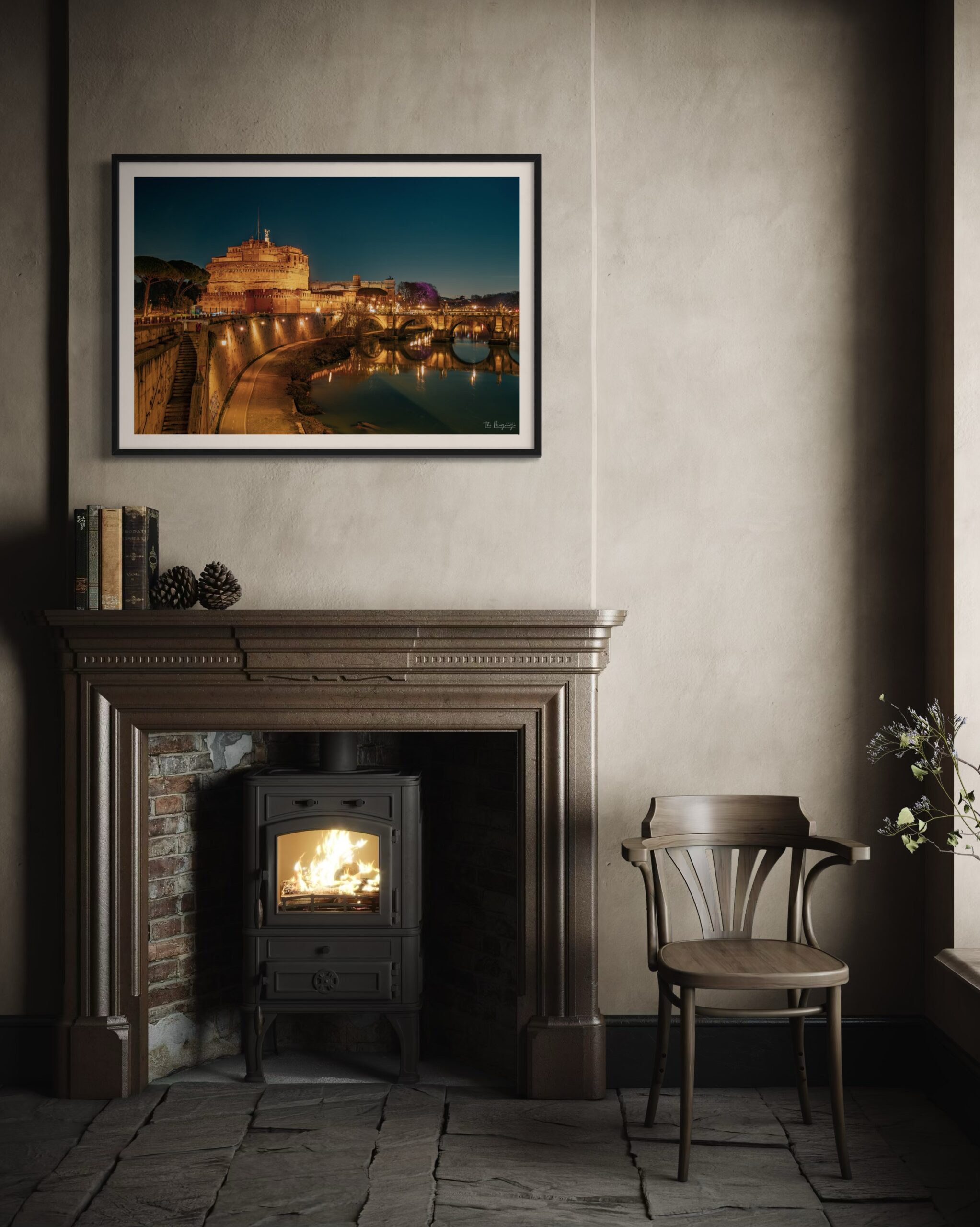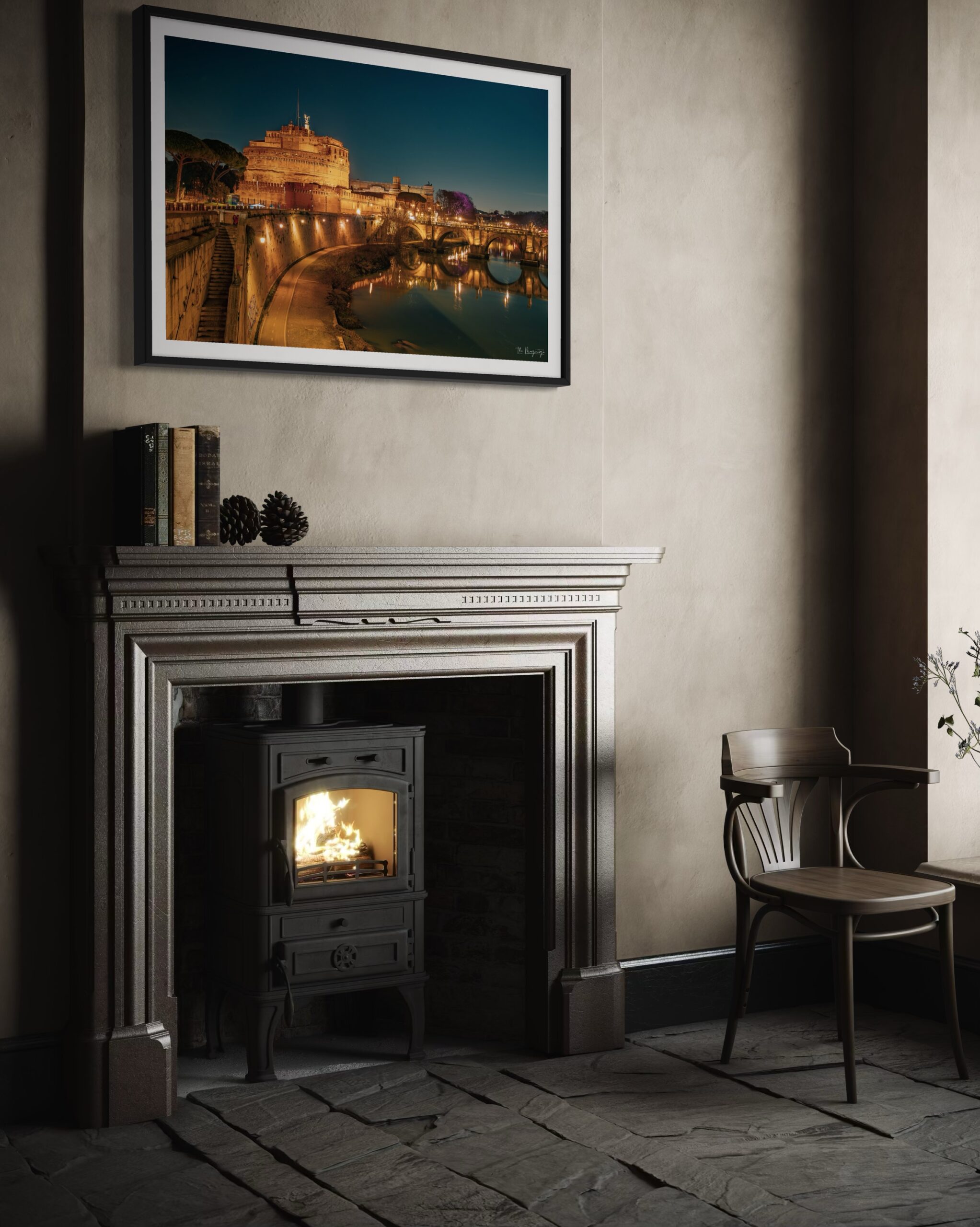Description
Built by Emperor Hadrian as his funerary monument (that’s why it’s also known as Hadrian Mausoleum), Castel Sant’Angelo fulfils its exclusive role as the emperor’s tomb until the beginning of the 5th century, when Emperor Honorius adds it inside the Aurelian Walls and gives the building a new purpose: stronghold of the city. For centuries, many powerful Roman families contended over its use and possession until 1367, when Pope Urban V received its keys to put an end to the Avignon exile officially. Visiting Castel Sant’Angelo reveals how the history of the Eternal City unfolded, with its main events, notable local clans, and the clergy at the centre of its societal development. Plus, from its upper floor, you can enjoy a gorgeous view of St. Peter’s dome by Michelangelo. From a funerary monument to a defensive stronghold, from prison to residence, the history of Castel Sant’Angelo perfectly reflects the history of Rome.
















Reviews
There are no reviews yet.